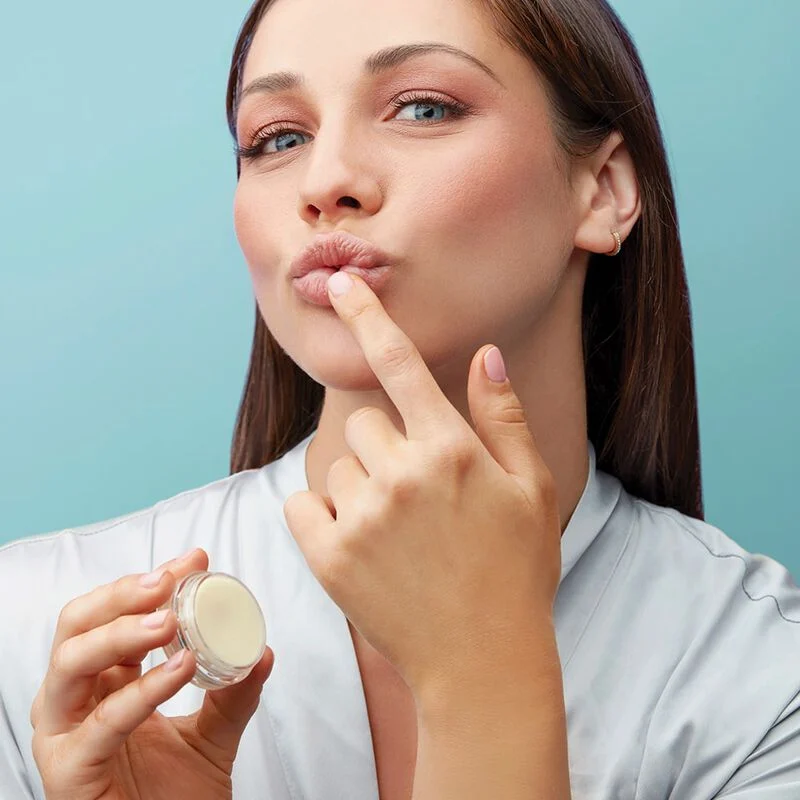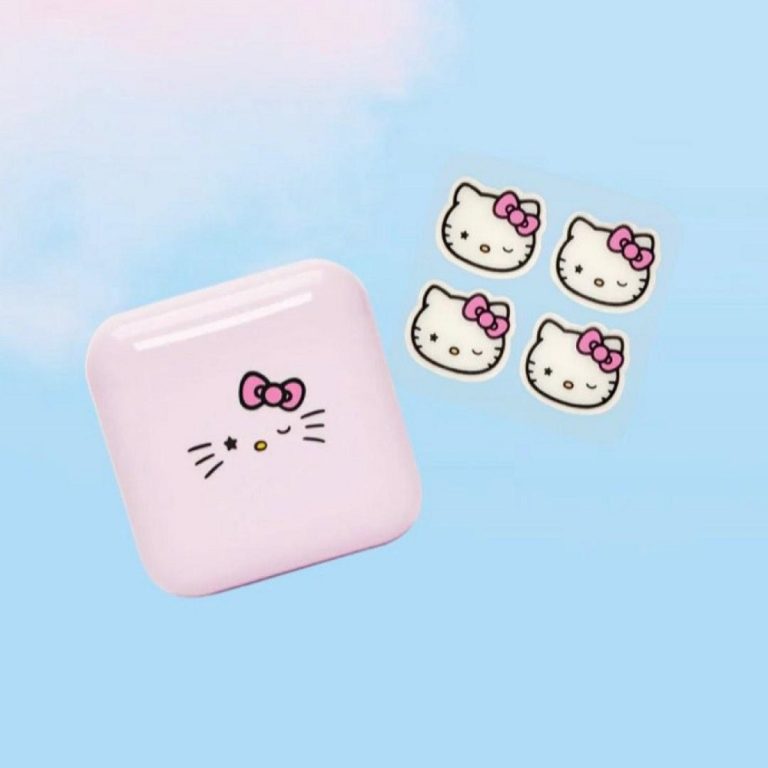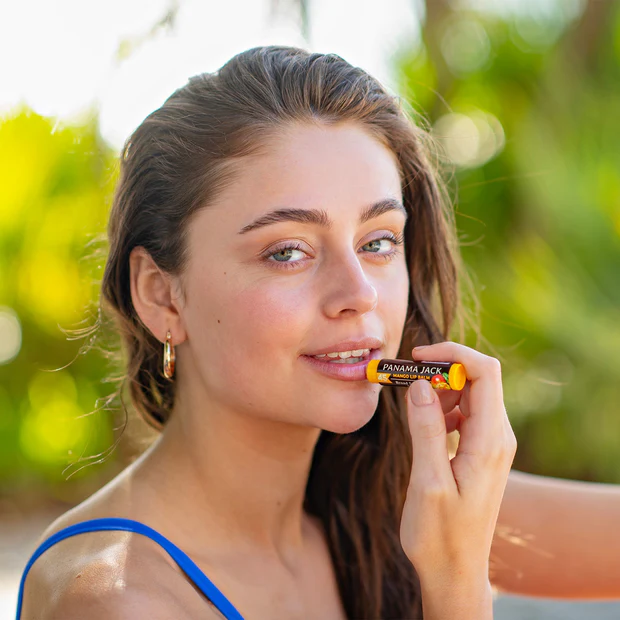
Discover the Healing Power of Medicated Chapstick
Medicated Chapstick: The Ultimate Solution for Dry, Chapped Lips
Dry, chapped lips plague millions of people worldwide. This common condition causes discomfort and pain. Medicated chapstick offers a powerful solution to this pervasive problem. These specialized lip balms contain active ingredients that heal and protect. They go beyond simple moisturization. Medicated chapsticks target specific lip issues effectively. They combine the soothing properties of regular lip balms with medicinal benefits. This dual-action approach makes them a popular choice for lip care. Consumers turn to medicated chapsticks for fast, lasting relief.
These products address a range of lip concerns. From severe dryness to cold sores, medicated chapsticks provide targeted treatment. Understanding the benefits and uses of medicated chapstick is crucial. It helps users make informed decisions about their lip care routine. This guide explores the world of medicated chapsticks in depth. It covers their ingredients, benefits, and proper usage. By the end, readers will understand why medicated chapsticks are a staple in lip care arsenals worldwide.
The Science Behind Medicated Chapstick: Active Ingredients and Their Functions
Medicated chapsticks contain a variety of active ingredients. Each ingredient serves a specific purpose in lip health. Phenol acts as an antiseptic and local anesthetic. It helps numb pain and prevent infection in chapped lips. Menthol provides a cooling sensation and mild pain relief. It also acts as a counterirritant, distracting from discomfort. Camphor, like menthol, offers cooling and pain-relieving properties. It also helps reduce itching associated with dry lips. Benzyl alcohol serves as both a local anesthetic and preservative. It helps soothe pain while extending the product’s shelf life.
Salicylic acid acts as a gentle exfoliant. It helps remove dead skin cells from chapped lips. Dimethicone creates a protective barrier on the lips. This barrier locks in moisture and shields lips from harsh elements. Petrolatum, a common base in chapsticks, provides intense moisturization. It helps heal cracked lips by preventing water loss. Beeswax, another common ingredient, adds texture and protective properties. It helps the chapstick adhere to lips for longer-lasting effects. Vitamin E acts as an antioxidant in medicated chapsticks. It helps protect lips from environmental damage. Lanolin mimics the skin’s natural oils.
It provides deep moisturization for severely dry lips. Some medicated chapsticks include SPF protection. This addition helps prevent sun damage to delicate lip skin. Hydrocortisone, found in some prescription chapsticks, reduces inflammation. It’s particularly effective for lip conditions like eczema. Docosanol targets cold sores in some medicated chapsticks.
Types of Medicated Chapsticks: Targeting Specific Lip Concerns
Medicated chapsticks come in various formulations. Each type targets specific lip issues. Cold sore treatment chapsticks contain antiviral ingredients. They help reduce the duration and severity of cold sores. Severely chapped lip formulas include intense moisturizers. These chapsticks focus on healing deep cracks and peeling. Sun protection chapsticks combine moisturizers with SPF. They prevent sun damage while soothing dry lips. Overnight treatment chapsticks provide deep, long-lasting moisture. They work while you sleep to heal and protect lips.
Medicated chapsticks for sensitive lips avoid common irritants. They use gentle, hypoallergenic ingredients for delicate skin. Some chapsticks target lip discoloration and pigmentation issues. They include ingredients that even out lip tone over time. Mint-flavored medicated chapsticks offer refreshing relief. They combine cooling sensations with healing properties. Medicated chapsticks for children use kid-safe ingredients. They often come in fun flavors to encourage regular use. Tinted medicated chapsticks combine color with treatment.
They provide a subtle lip tint while healing chapped lips. Organic medicated chapsticks use natural active ingredients. They appeal to consumers seeking chemical-free options. Prescription-strength medicated chapsticks treat severe lip conditions. These require a doctor’s prescription and contain potent active ingredients. Sports-specific medicated chapsticks offer long-lasting protection. They withstand sweat and extreme weather conditions.
Benefits and Advantages of Using Medicated Chapstick Regularly
Regular use of medicated chapstick offers numerous benefits. It provides faster healing for chapped and cracked lips. The active ingredients target specific lip issues effectively. Medicated chapsticks offer longer-lasting moisture than regular balms. Their formulations create a protective barrier on the lips. This barrier locks in hydration for extended periods. Many medicated chapsticks include sun protection. This feature prevents further damage from UV rays. The healing properties reduce the risk of infection in cracked lips. Antiseptic ingredients keep harmful bacteria at bay.
Pain relief is a significant advantage of medicated chapsticks. Ingredients like menthol and camphor soothe discomfort quickly. Some formulations help exfoliate dead skin on the lips. This action promotes smoother, healthier lip skin. Medicated chapsticks can improve overall lip texture over time. Regular use leads to softer, more supple lips. The protective qualities prevent future chapping and cracking. This benefit is especially important in harsh weather conditions.
Many users report a reduction in lip-licking habits. The soothing effects decrease the urge to moisten lips constantly. Some medicated chapsticks offer cosmetic benefits alongside treatment. Tinted varieties provide a natural, healthy lip color. Consistent use can lead to improved lip health long-term. Users often notice a decrease in chronic lip issues. Medicated chapsticks are convenient and easy to use. They fit easily in pockets or bags for on-the-go application.
Proper Application and Usage Tips for Medicated Chapstick
Proper application ensures maximum benefits from medicated chapstick. Start with clean, dry lips for best results. Gently exfoliate lips before applying if they’re very dry. Apply a thin, even layer of chapstick to the entire lip area. Reapply as needed throughout the day. Most medicated chapsticks can be used 3-4 times daily. Follow specific product instructions for frequency of use. For overnight treatments, apply a thicker layer before bed. This allows for deep penetration while you sleep.
When using sun protection chapsticks, apply 15 minutes before sun exposure. Reapply every two hours or after swimming or sweating. For cold sore treatment, start application at the first sign of symptoms. Continue use until the cold sore has completely healed. Avoid sharing medicated chapstick with others. This prevents the spread of infections or bacteria. Store medicated chapstick in a cool, dry place. Extreme temperatures can affect the product’s consistency and effectiveness.
Replace medicated chapstick every 6-12 months. Expired products may lose their therapeutic properties. For sensitive lips, do a patch test before full application. This helps identify any potential allergic reactions. Apply medicated chapstick before lipstick or lip gloss. This creates a protective barrier under cosmetics. Use a clean finger or lip brush for application if preferred. This method can be more hygienic than direct stick application.
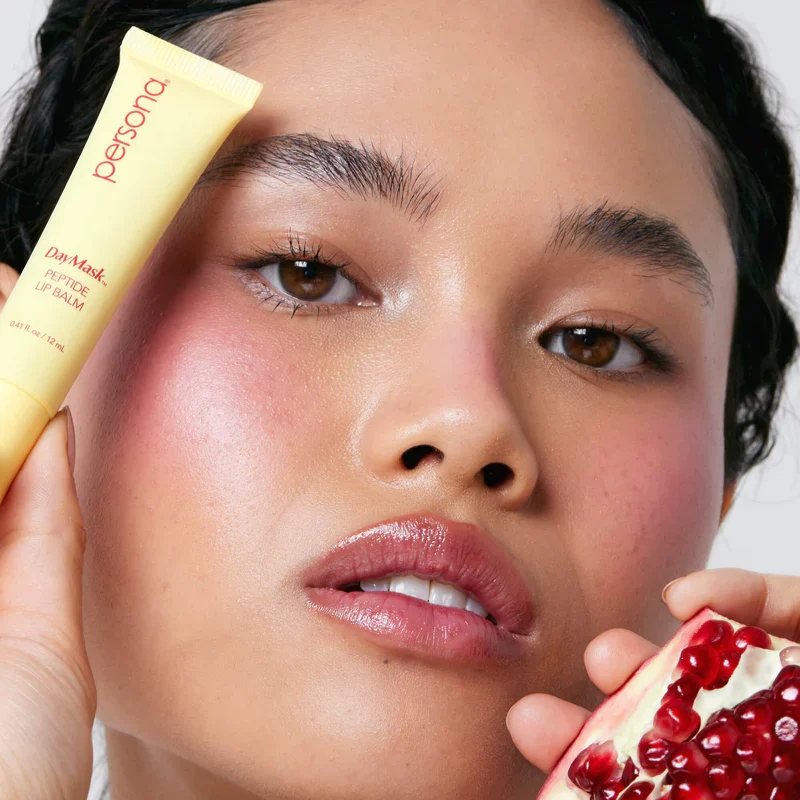
Potential Side Effects and Precautions When Using Medicated Chapstick
While generally safe, medicated chapsticks can cause side effects. Some users may experience allergic reactions. Symptoms include redness, itching, or swelling of the lips. Certain ingredients may cause irritation in sensitive individuals. Menthol and camphor can sometimes lead to a burning sensation. Overuse of medicated chapstick may lead to dependency. Lips may feel dry without constant application. Some people develop a habit of excessive lip-licking. This can worsen dryness and lead to a cycle of overuse. Medicated chapsticks with phenol may cause numbness.
This effect is usually temporary but can be concerning. Products containing salicylic acid may increase sun sensitivity. Extra sun protection is necessary when using these formulations. Some users report a bad taste from certain medicated chapsticks. This can be unpleasant and may discourage regular use. Tinted varieties may cause staining on clothing or skin. Care should be taken during application to avoid mess. Chapsticks with SPF need regular reapplication for effectiveness.
Consult a healthcare provider if using other treatments. Pregnant or nursing women should check ingredient safety. Some active ingredients may not be suitable during these periods. Children may be more sensitive to certain medicated ingredients. Pediatric formulations should be used for younger users. These precautions help ensure safe use of medicated chapstick. Users should be aware of potential issues and use products responsibly.
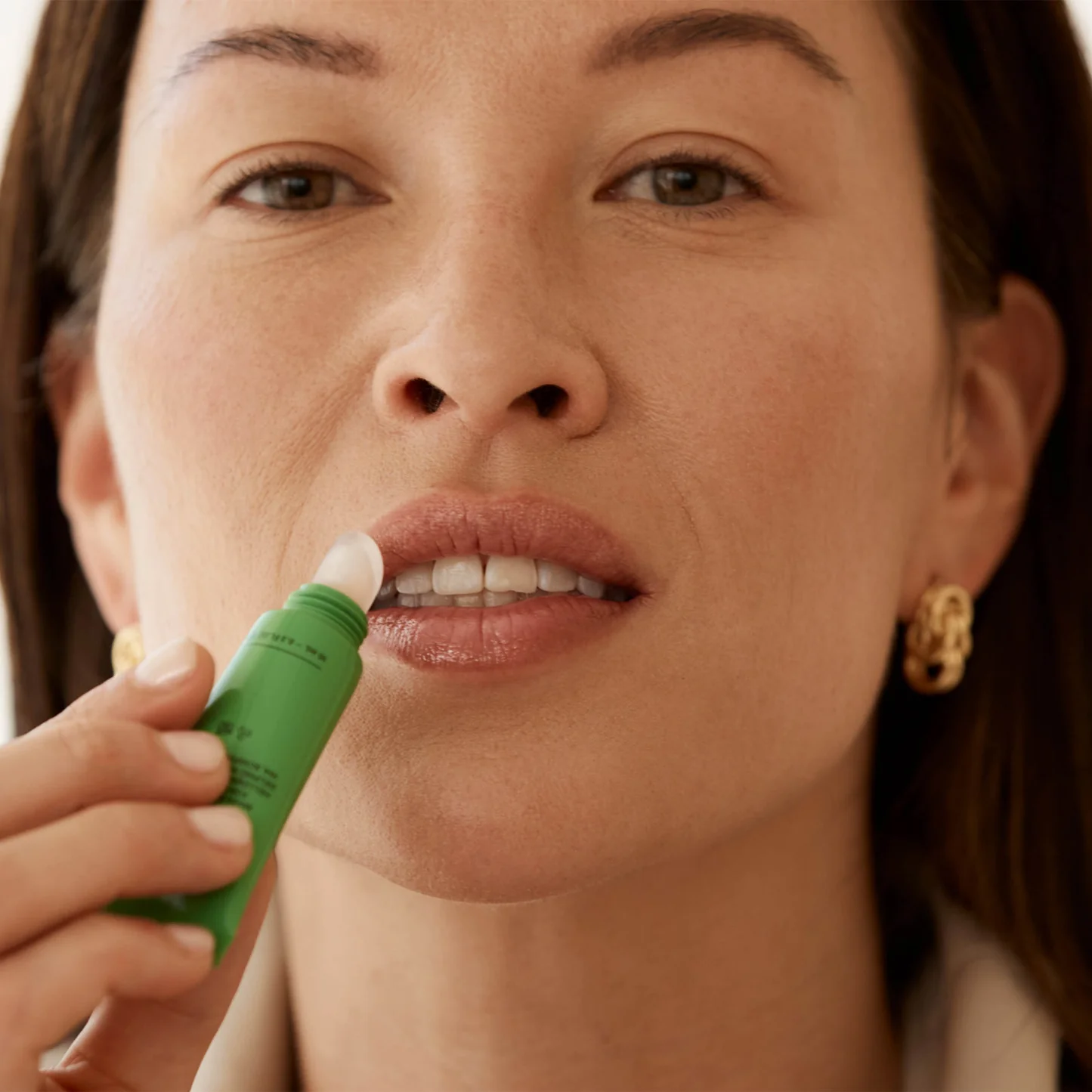
Choosing the Right Medicated Chapstick: Factors to Consider
Selecting the appropriate medicated chapstick involves several factors. Consider the specific lip issue being addressed. Different formulations target various concerns effectively. Assess skin sensitivity and any known allergies. This helps avoid ingredients that may cause reactions. Look at the active ingredients and their concentrations. Higher concentrations may be necessary for severe conditions. Consider the climate and environment.
Some chapsticks offer better protection in extreme weather. Think about lifestyle factors like sports or outdoor activities. Water-resistant formulas may be necessary for active individuals. Evaluate personal preferences for flavor and scent. These factors can influence consistent use of the product. Consider the need for additional benefits like SPF. Sun protection is crucial for overall lip health. Look at the brand reputation and product reviews. User experiences can provide valuable insights into effectiveness. Consider the price point and value for money.
Day and night formulas offer different benefits. Consider whether natural or organic ingredients are a priority. Many brands now offer chemical-free options. Look at the product’s texture and consistency. Some prefer thicker balms, while others like lighter formulas. Consider any prescription medications being taken. Some may interact with certain chapstick ingredients. These factors help in choosing the most suitable medicated chapstick. The right choice leads to better results and lip health improvement.
